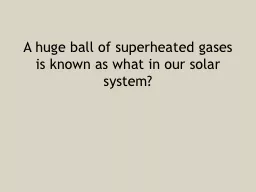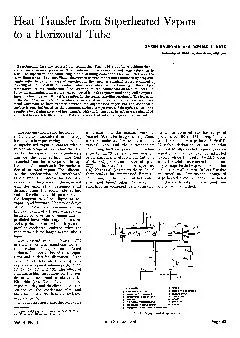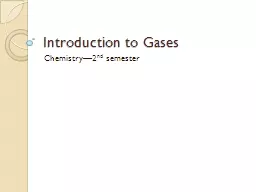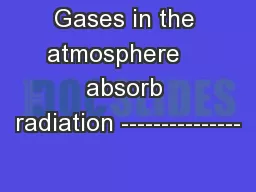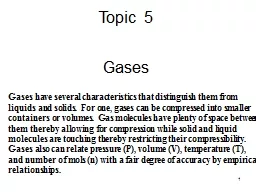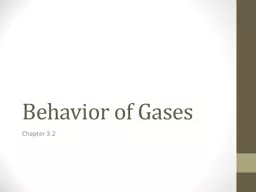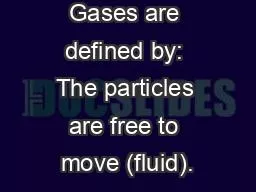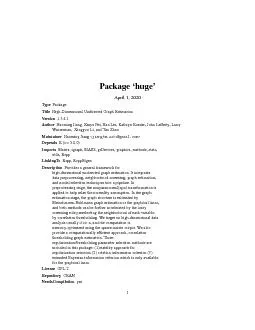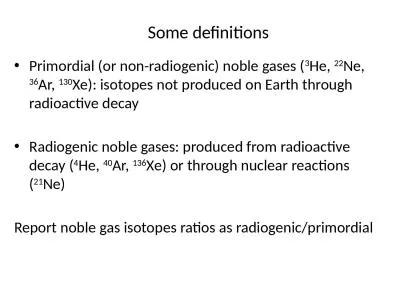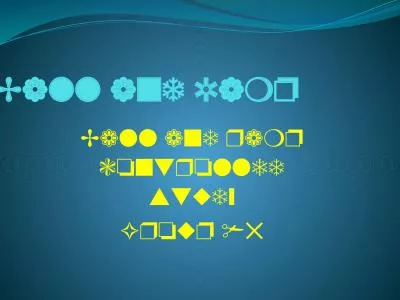PPT-A huge ball of superheated gases is known as what in our so
Author : test | Published Date : 2017-10-12
A huge system of gases dust and stars is known as what in space A group of objects that orbit a star in the center and includes that star is called what An
Presentation Embed Code
Download Presentation
Download Presentation The PPT/PDF document "A huge ball of superheated gases is know..." is the property of its rightful owner. Permission is granted to download and print the materials on this website for personal, non-commercial use only, and to display it on your personal computer provided you do not modify the materials and that you retain all copyright notices contained in the materials. By downloading content from our website, you accept the terms of this agreement.
A huge ball of superheated gases is known as what in our so: Transcript
Download Rules Of Document
"A huge ball of superheated gases is known as what in our so"The content belongs to its owner. You may download and print it for personal use, without modification, and keep all copyright notices. By downloading, you agree to these terms.
Related Documents

